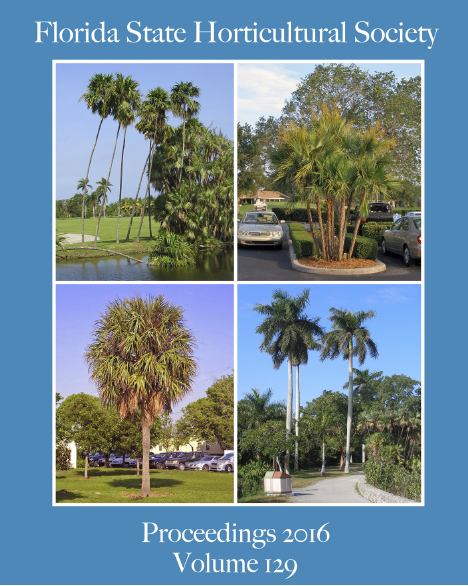Pepper Weevil (PW), Anthonomus eugenii Cano (Col: Curculionidae), Abundance in ‘Jalapeno’ Pepper under Various Management Regimes
Abstract
With the current booming of global population, there is a strong need to increase food production. All aspects of growing agricultural commodities should be examined using environmentally compatible approaches. Different varieties of peppers (Capsicum sp., Solanaceae) provide vitamins A and C, have medicinal values, and offer essential ingredients to flavor food. Pepper weevil [(PW), Anthonomus eugenii Cano (Coleoptera: Curculionidae)], is a major pest of peppers, and causes serious economic losses in pepper production. We conducted five field studies in an attempt to control pepper weevil abundance by using different management approaches. Thiamethoxam, a neonicotinoid insecticide, provided significant reduction of pepper weevil abundances in ‘Jalapeno’ peppers. Oxamyl, a carbamate insecticide, significantly reduced pepper weevil populations alone or in rotation with Isaria fumosorosea (PFR-97). However, PW adults were not controlled by thiacloprid (a neonicotinoid), cyantraniliprole (a diamide), sulfoxaflor (an active isoclast), spinetoram (a fermentation product), Isaria fumosorosea (a naturally occurring fungus), or abamectin + cyantraniliprole (premixed). An “attract-and-kill” method using a yellow tube impregnated with malathion provided information on PW presence and reduced their populations. Reflective silver mulch with a black background was more effective than other colored mulches in reducing PW abundance in peppers. These findings and management techniques will help growers to more effectively manage pepper weevils, and thus increase production.

